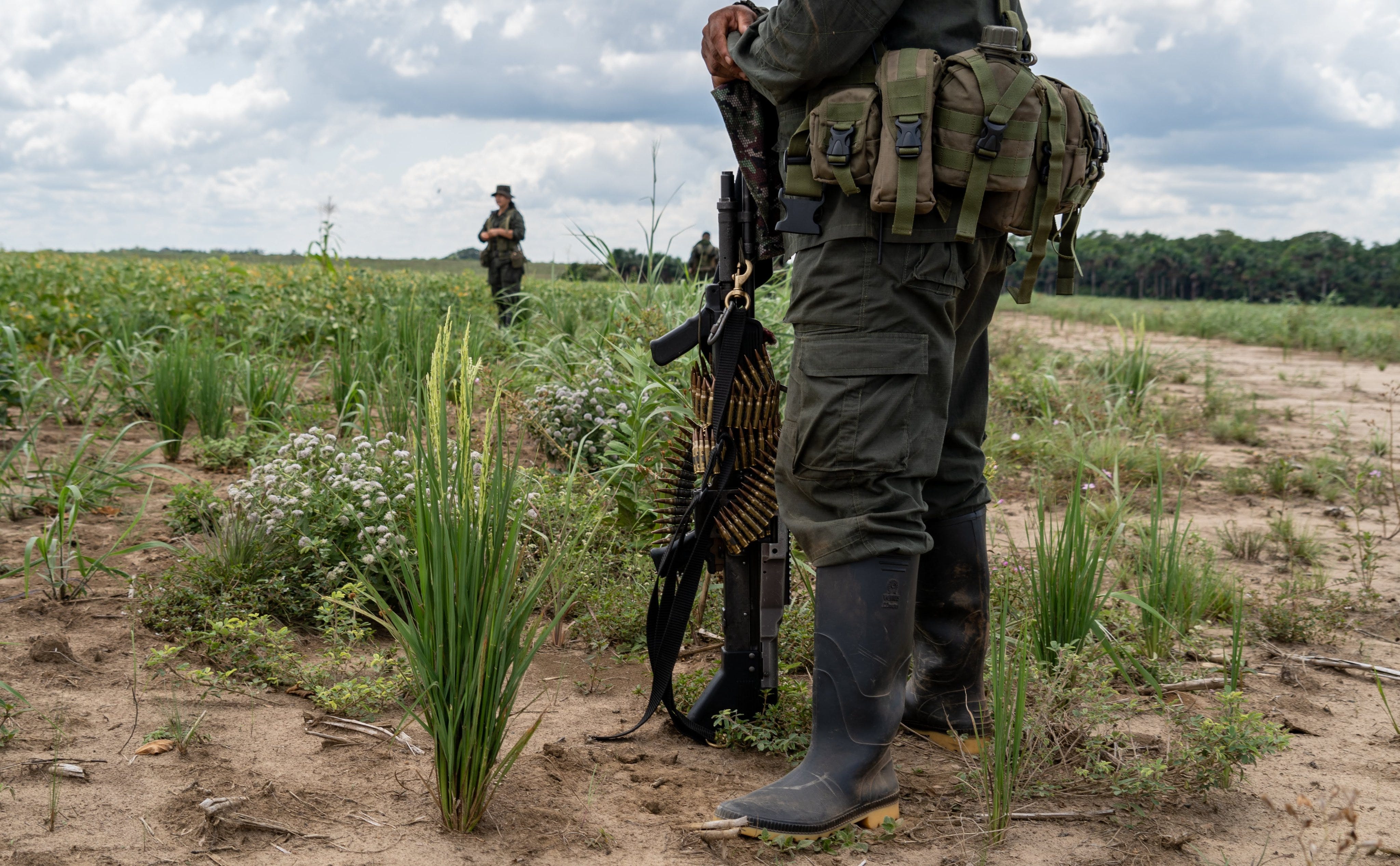Colombia announces rebel disarmament camps in two separate borderlands
FARC dissidents, battered by regional enemies, agree to peace processes near Ecuador and Venezuela
Today’s edition of LATAM Daily Wires includes reporting by Adriaan Alsema of our sister org Colombia Reports.
Colombia’s government and two FARC dissident groups have agreed to create three temporary locations for rebel fighters who wish to take part in demobilization, disarmament, and reintegration programs.
The camps, to be called Temporary Location Zones (ZUT) , are the result of ongoing talks with the Estado Mayor de los Bloques y Frentes (EMFB), in Catatumbo, on the Venezuelan border, and the Coordinadora Nacional Ejército Bolivariano (CNEB) as part of President Gustavo Petro’s “Total Peace” plans.
The EMBF initially was part of the Estado Mayor Central (EMC), which is currently in open war with the Colombian state. EMBF split from EMC, however, after an internal rupture over peace talks with the Petro administration last year.
Similarly, the CNEB, which used to be part of FARC dissident group “Segunda Marquetalia,” split from the larger FARC dissident group when some commanders in Putumayo decided on negotiations with state forces rather than further warfare.
Segunda Marquetalia and EMC both rejected Colombia's historic 2016 peace deal with FARC forces, choosing to remain in conflict with state forces and funding their efforts through a host of illegal activities, including extortion, cocaine production, and illegal mining.
Since the splits from their respective “parent” organizations, both the EMBF and the CNEB have been negotiating disarmament deals with the government independently.
On Friday, Petro announced the creation of a ZUT in Tibu, a municipality in the northeastern Catatumbo region, as part of efforts to demobilize the EMBF’s 33rd Front, which operates in the region.
The 33rd Front has been nearly annihilated in recent months due to an ongoing war in the Venezuelan-Colombian borderlands with Colombia’s largest remaining rebel group, the National Liberation Army (ELN).
On Sunday, Petro’s peace commissioner announced two similar locations for what is believed to be the final stage of peace talks with the CNEB.
One of these ZUTs will be located in Roberto Payan, a municipality in the southwestern Nariño province. The other one will be created at a yet to be defined location in Putumayo.
These peace talks, which could have major effects on the regions where the FARC dissident groups are active, have been negotiated under strict ceasefire protocols, unlike some peace processes early in the Petro administration.
In 2022, Petro announced unilateral ceasefires with five armed groups in the country, including EMC. Four of those have since collapsed, but with just over a year left in office, Petro seems to have learned from the mistake.
As part of talks inside the ZUTs, the government and the guerrillas will negotiate what they call territorial transformation, which seeks to prevent the resurgence of guerrilla groups in the regions that the State has long neglected — a critical problem after the government’s 2016 deal with the FARC more broadly.
In Catatumbo, however, that might not matter. The ELN has established effective hegemonic control over much of the Colombian-Venezuelan borderlands. The exit of Frente 33 from the ongoing conflict, while an important political victory for Petro, is already a tactical reality on the ground.
It is not the state that governs most of Catatumbo, it is ELN fighters.
You can also donate a one-time gift via “Buy Me a Coffee”. It only takes a few moments, and you can do so here.
Thanks for reading, and hasta pronto, piratas!




